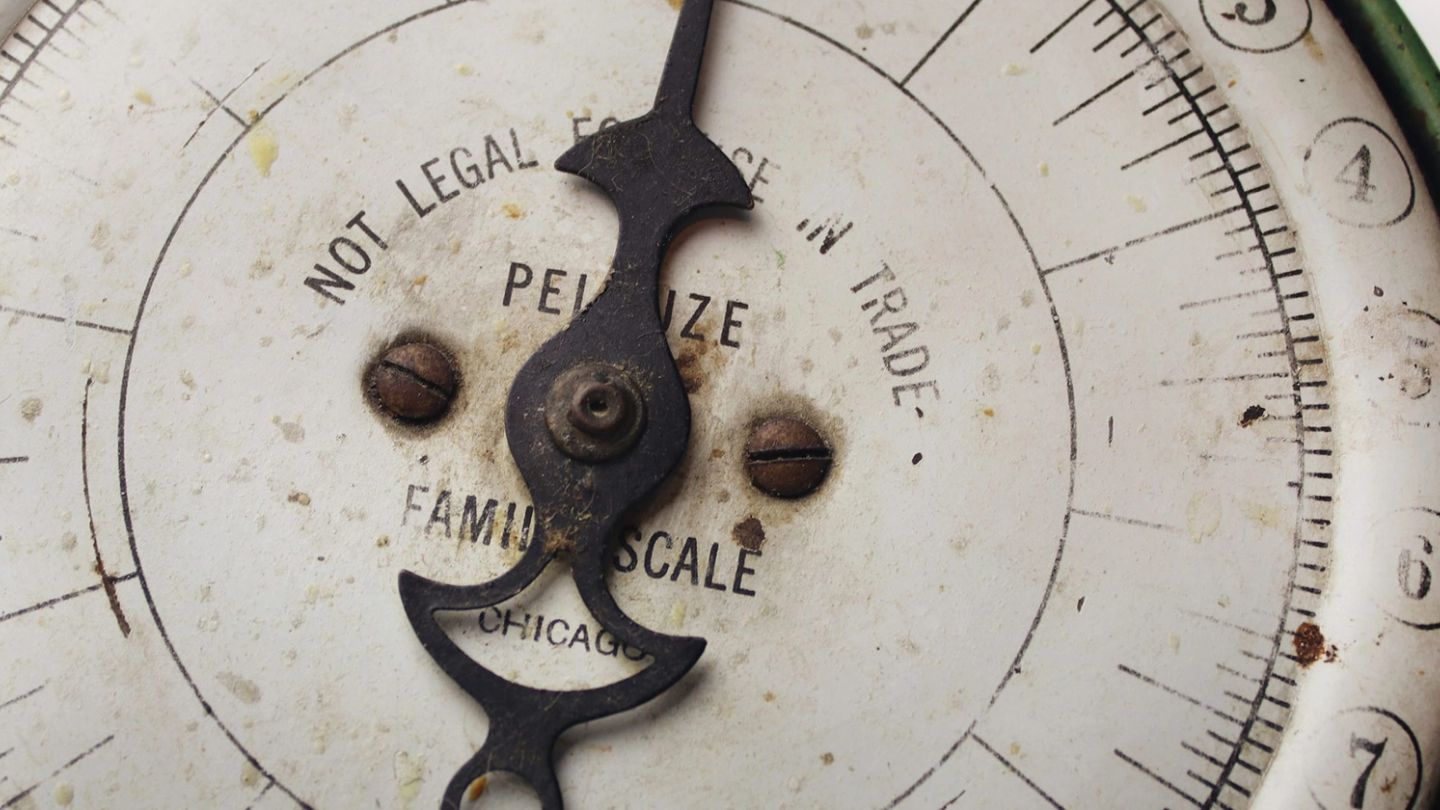

Words: Toby Huntington-Whiteley
It’s the middle of January so, like many, you’re probably well into the swing of your new 2020 training regime. But, even if you’re enjoying it now, without being able to track tangible progress it can be hard to stay motivated. Beyond measuring the growing size of your biceps, one indicator many people use to measure the fitness results of their time in the gym is body fat percentage. But what does it actually tell you and is it really important? Personal trainer Toby Huntington-Whiteley gives us the lowdown…
Simply put, your body fat percentage indicates the amount of fat that makes up your total body mass. Is it important? Yes – but only if you are a bodybuilder or athlete that needs to be a certain weight, for example, a fighter or boxer who need to stay within a specific weight class. With regards to the everyday gym-goer, my personal opinion is that it’s actually not that great an indicator. While it remains true that having an extremely high or low percentage of body fat may cause health issues (between 8% and 20% is considered healthy for a man aged 20-39), your fat percentage is not an accurate sign of health and certainly doesn’t give you the whole picture as far as overall fitness is concerned.
Another problem regarding body fat percentage is the measure of accurateness in itself. A 2014 study published in the Public Library of Science’s PLOS ONE journal compared two of the most accurate methods; a ‘bod pod’ (which determines your body fat based on the amount of air that is displaced when in the pod) and Dual-Energy X-Ray Absorptiometry (DEXA) – a form of X-ray which measures body fat as well as bone density and muscle mass.
The researchers came to the conclusion that the bod pod was more accurate when testing people closer to a healthy Body Mass Index and DEXA was more accurate when measuring very lean people. Of course, both of these methods require specific equipment and can come at a relatively high cost. The more common ‘at home methods’, often involving measuring certain parts of your body with a tape measure or calipers and plugging the numbers into complicated equations, inevitably leads to even greater inaccuracy.
I personally do not use body fat percentage as an indicative measure for my clients and find that the best way to keep track of their progress is to observe how they fit in their clothes. I set goals by asking what waist and chest size they are aiming for and work towards that. While indicators like body fat percentage can seem alluring in their scientific approach to training, they often simply distract from what is really important – how your training regime makes you feel.
Here’s the expert’s guide to getting a six pack…
Join the Gentleman’s Journal Clubhouse here.


